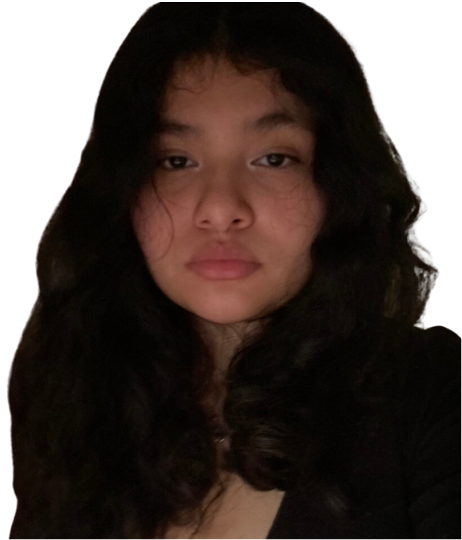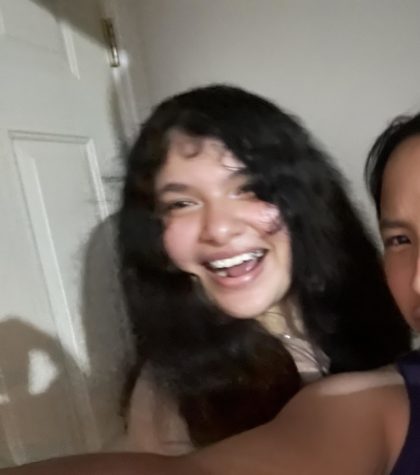Opinion | The ‘female rage’ trend excludes BIPOC women

April 20, 2023
The video begins with the song “Emotions” by Brenda Lee. The lyrics state “Emotions, what are you doin’? Oh, don’t you know, don’t you know you’ll be my ruin? You’ve got me crying, crying again. When will you let this heartache end?” Backed by clips and audio of iconic characters such as Cassie Howard from the TV show Euphoria, Jennifer from the movie Jennifer’s Body, Pearl from the movie Pearl, Tracy Freeland from Thirteen, Alice from Don’t Worry Darling and many more, these videos are titled ‘The Female Rage’: a trend that is naked, generational and emblematic of everything that has gone wrong with the world. Most of the time, the experiences depicted in the female rage videos are caused by the actions of men, as these young women were forced to have matured at such a young age. Cassie Howard from Euphoria and Jennifer from Jennifer’s Body are both characters who have spent most of their fictional adolescence being used and sexualized by men. Thus, the trend served a critique of how, despite all that society put them through, these women were still prevented from feeling rage.
These videos were on a rise with the release of the movie Pearl, a sequel that follows the horror slasher film X. The movie Pearl includes a scene that is regularly shown in the female rage trend videos: an audio clip of Pearl screaming “I’m a star! Please, I’m a star!” on stage as she is ushered off. While Pearl is being pushed off stage and her spotlight is given to someone less deserved––who hasn’t faced the same amount of turmoil or put in the same amount of work as she did—-Pearl is still not given a chance; she’s not being heard. Pearl is invisible in this scene. The creators of this trend display Pearl and show an understanding as well as sympathy for her character, a woman who has experienced erasure in her fictional story and wasn’t allowed to feel rage.
However, even though these feelings and experiences happen to all women, while scrolling through the “female rage” TikToks, you are only ever presented with white women.
“I think the female rage trend started as a good way of showing the versatility of female acting and the validity of women emotion but, overtime, the trend started to look very white,” senior Ashley Cochrane explains
“The female rage trend on TikTok is just white women,” freshman Rackeem Parchment agrees. “The trend is like a whole bunch of other white girls crying, while the next clip is Rue [from the show Euphoria] attacking her mother for a sprinkle of diversity. My overall opinion on this situation is that I don’t cry for any white woman.”
Fundamentally, women of color have been erased from this trend. The explanation that there just isn’t many examples of women of color expressing rage or sadness in film and televisio” is a poor excuse for the fact that we’ve simply been forgotten from these videos. Last year alone, there have been many films of women of color expressing sadness or rage in film and television. Some examples include Stephanie Hsu’s performance as Joy Wang in Everything Everywhere All at Once, Angela Bassett as Ramonda in Black Panther: Wakanda Forever and Viola Davis as Nanisca in The Woman King.
This trend plays into a larger issue in which women of color aren’t allowed to express anger or sadness. It is seen in the news all the time. Renowned tennis player Serena Willams has faced an abundance of prejudice and hatred for her “tempter tantrums,” with her being fined several times for this. In reality, she is simply just expressing emotion. Nobody cares when white men get angry while playing sports, so why is it an issue when a Black woman does it?
“I feel like white women are given the privilege of being emotional in this world. As a woman of color and specifically a Black woman, I am often seen as hysterical and told I am over reacting when I show any type of emotion,” Cochrane elaborates. “My joy has been misinterpreted as anger, my justified anger has been dismissed or seen as a feeling I should have complete control of.”
White women are allowed to cry. They are allowed to express emotion, while women of color aren’t. For as long as anyone can remember, white women have been praised for their expressing their emotions, while women of color have been ridiculed for it. The female rage trend is just one example of this systematic oppression.









